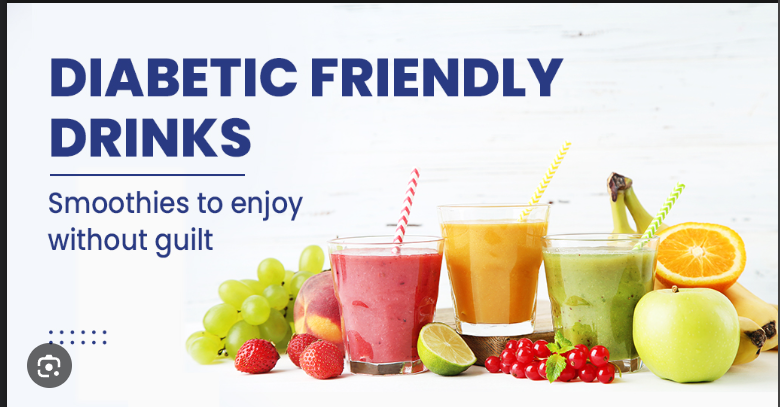When you have diabetes, what you drink matters, particularly when it comes to fruit juices and sugary drinks.
It’s critical to maintain adequate hydration in order to sustain wellness and excellent health. However, there are some dietary adjustments you’ll need to make if you have diabetes, a chronic illness marked by excessively high blood sugar, which may restrict your beverage options.
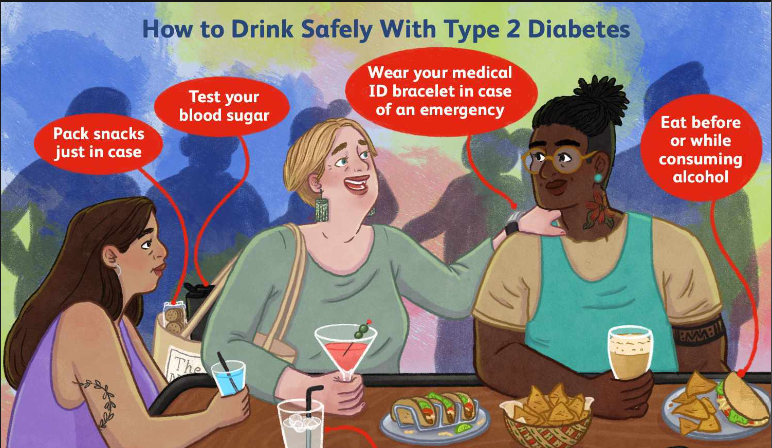
“Eating a healthy, balanced diet is imperative if you have diabetes. If you don’t, the drugs don’t function as well as they could, and you might require additional drugs, according to Dr. Kathleen Wyne, an endocrinologist at Columbus’ Ohio State University Wexner Medical Center.
A Diabetes-Friendly Diet

Controlling what you eat and drink is crucial for maintaining your health if you have any form of diabetes. Portion control and healthy eating should be the main priorities. “Healthy eating means avoiding high-fat meals, such as fried foods, concentrated sweets, and animal fats,” Wyne states. Additionally, consuming fewer portions implies eating less.
Overall, people with diabetes should be looking to:
- Watch the amount of food.
- Consume fewer quick foods.
- Increase the frequency of cooking at home to help them control portion sizes and what they consume.
- Control the balance of protein, carbs, and fat in their diet.
- Limit your use of salt.
- Consume fewer added sugars.
Why Sugary Drinks Are Especially Harmful
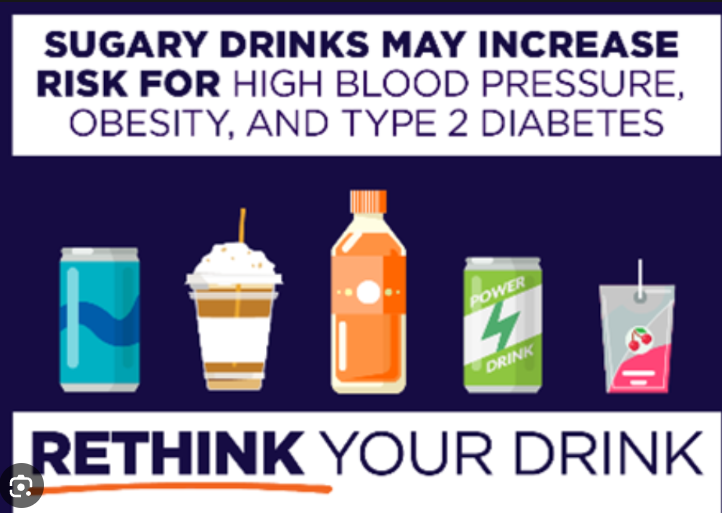
The American Diabetes Association suggests drinks that are minimal or have no calories. The primary goal is to avoid a blood sugar increase. “In the long run, the glucose spikes caused by simple sugars are a major factor in the development of complications like heart disease, stroke, kidney disease, eye disease, and nerve damage,” according to Wyne.
Drinking high-sugar beverages presents a problem because of how quickly the sugars reach the system and can induce blood sugar rises. The digestive system breaks down liquids more quickly than it does food, so the sugars in ordinary soda, energy drinks, and sweetened coffees enter your circulation quite quickly. You still need to consider how much total carbohydrate you are consuming. Drinking such beverages with food will help decrease their ability to enter the bloodstream and give your body time to catch up on processing the sugars.
Wyne advises against consuming sugar-filled beverages since they quickly raise blood glucose levels. Dehydration and even diabetic ketoacidosis, a hazardous illness that develops when blood sugar levels surge and the body starts burning fat for energy, are both possible outcomes of this. Ketones are a byproduct produced when fat burns. These ketones accumulate in the blood and can be lethal if treatment is not received.
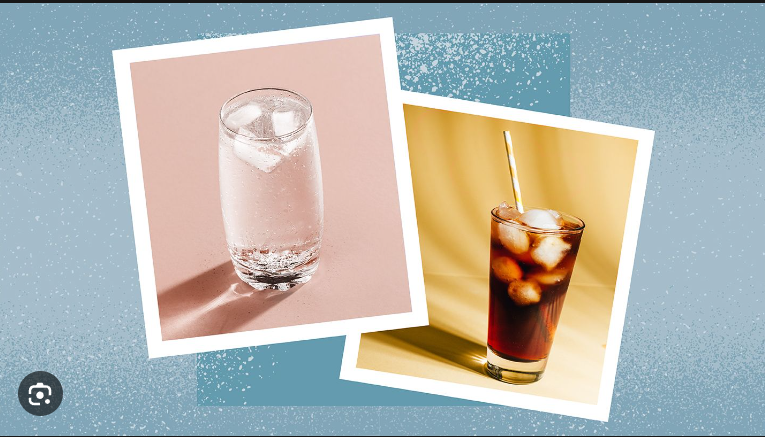
The key is to opt for beverages that don’t contain added sugar and to limit your intake of natural sugars. You have to take care to limit your intake of such sweet drinks, “even juices that are 100% from fruits,” says Dr. Richard Seidman, former chief medical officer of L.A. Care Health Plan, the largest publicly operated health plan in the U.S. “They’re high in fast-acting carbohydrates, much like sugars, and a cup of soda or juice will have the equivalent of six teaspoons of sugar.”
Staying away from any sugary beverage such as cola, ginger ale, sweet tea, and lemonade is key, agrees Jill Weisenberger, a Virginia-based registered dietitian nutritionist and author of “Prediabetes: A Complete Guide” and “Diabetes Weight Loss: Week by Week.”
“It doesn’t offer much in the way of nutrition other than hydration,” she says. “It’s high in calories, high in carbohydrates, and jacks up blood sugar.”
And while diet sodas don’t contain calories or sugar, they have been linked to an increased risk of obesity and heart disease in some studies. Certainly, they’re a better option than their high-sugar counterparts, but you should still be seeking to limit your intake of diet sodas.
In short, avoid or limit these drinks if you have diabetes:
- Sodas
- Fruit juices.
- Sweetened and flavored coffees and teas.
The Best Drinks for Diabetes
Water
Drinking plain water is your best bet for remaining hydrated during the day, according to Seidman. However, not everyone finds tap or bottled water to be appetizing, and it can occasionally appear monotonous.
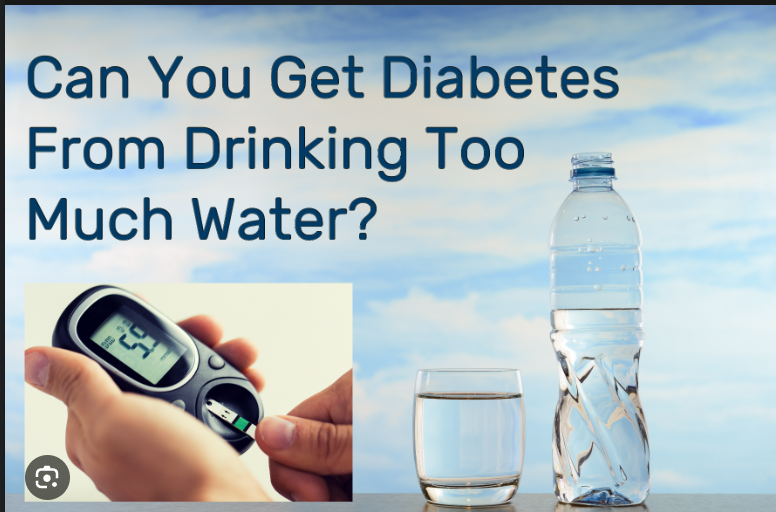
Why not try some mineral or seltzer water if you don’t like regular tap water? The bubbles are entertaining, and some of the variations have sugar-free flavors that only add fruit flavor and no extra calories. Simply read the label first, as certain brands may have more sodium content than others. Without adding excessive amounts of sugar or calories, a straightforward mixture of plain water with one or two citrus slices, a few muddled berries, or mint leaves can be considerably sweeter and more tempting. Additionally, Weisenberger suggests adding cucumber, lavender, or basil. You could even try making ginger water.
Unsweetened herbal tea
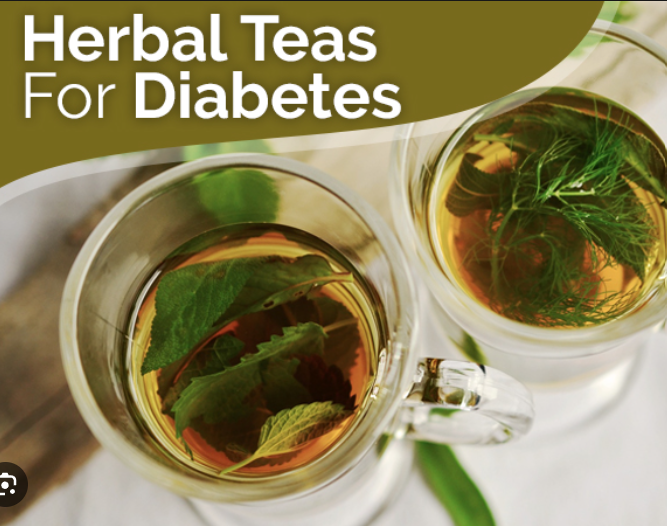
The world is your oyster when it comes to herbal teas. Steeping a cup of hot or iced herbal tea adds lots of flavor to water and provides excellent hydration with no sugar or calories. It’s best to make your own at home to ensure it’s sugar-free. Or try ginger tea.
Plain coffee or black or green tea
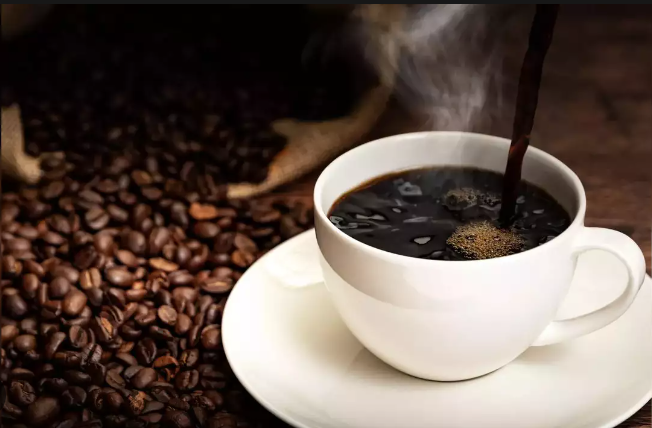
In their unadulterated states, coffee and tea are calorie-free and generally get the green light for inclusion in a healthy diet, though you do need to be aware of their caffeine content.
“Caffeine is OK in moderation,” Wyne says. “The key is not to drink so much that you get dehydrated.” And don’t put a lot of milk, cream, or sugar in any of these; rather, use just a tiny splash of skim milk and skip the sugar entirely. “People tend to forget about this when they order coffee drinks at coffee shops,” Wyne says. Ordering those flavored and specialty coffees can mean a megadose of sugar and calories.
Functional beverages
Beverages that do more for you than just quench your thirst or moisten your palette are part of a growing trend. There are functional drinks that support immunity, blood sugar control, and intestinal health.
Good Idea is a flavored sparkling water that contains chromium picolinate, a mineral that aids in the function of insulin in the body, along with amino acids. GOOD IDEA is a calorie- and carbohydrate-free sparkling water, similar to most others, but it may be better for diabetics. According to clinical investigations, consuming GOOD IDEA with food lowers blood sugar levels by 25% on average after meals.
Drinks to Have in Moderation
Remember to include the following drinks in your daily carbohydrate intake, as they contain carbohydrates:
Low-fat milk
People with diabetes are typically thought to be safe to drink one or two glasses of low-fat milk per day since the fat and protein in the milk help counteract the rate at which the sugars in it are absorbed. Calcium and vitamin D are vital elements that have to be included in any balanced diet, and low-fat dairy products are an excellent source of these nutrients. Remember that a cup of milk has roughly 12 grams of carbohydrates, so you’ll need to factor it into your daily allowance.
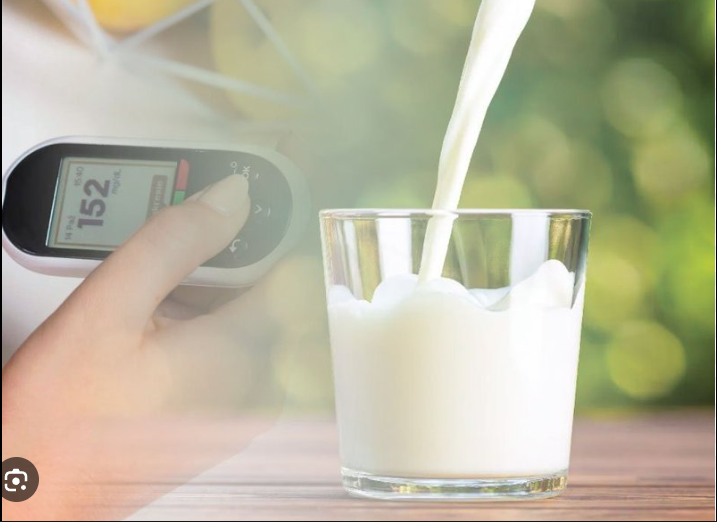
Drinks
Smoothies have the potential to be tasty, nutrient-dense, and immune-boosting, but they can also be high in calories and fruit sugars. Just keep an eye on your daily caloric and carbohydrate intake as well as the amount you drink.
Drinking smoothies can also be a great way to increase the amount of fiber in your diet and consume less water.
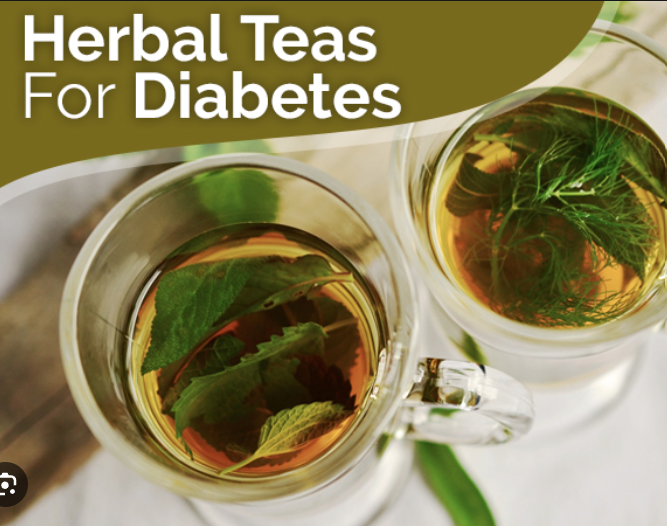
Smoothies should not be substituted for substantial meals, according to Weisenberger, since “people tend to drink them faster than they would a meal, so the blood sugar addition is more of a spike.” She advises choosing healthy components for smoothies if you are an adult with type 2 diabetes. Use nonfat Greek yogurt or nonfat cottage cheese as the basis.
Soup
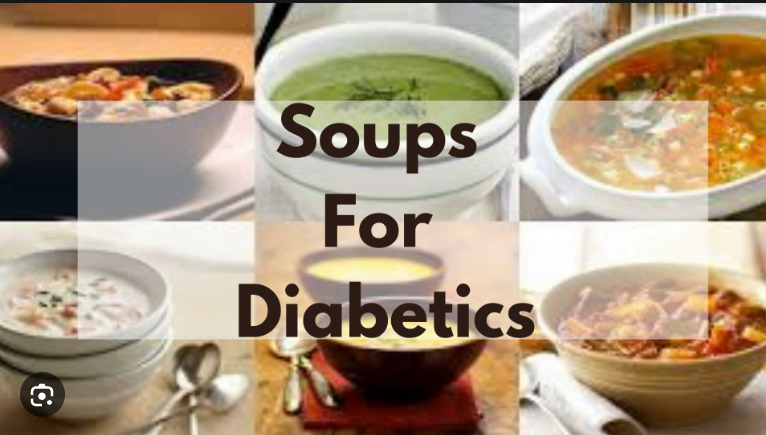
Soups that are broths contain a lot of water and can be low-carb, nutritious, and delicious. Chicken soup with low-sodium chicken broth or vegetable soups such as split pea, minestrone, or bean are among the many options for people with diabetes. Please note that they will contain and vary in the amount of carbohydrate.
Tomato or vegetable juice
Tomato juice is nutrient-rich but does contain some carbohydrates, so you will need to watch your portion size. A one-cup serving of tomato juice contains 9 grams of carbs. Tomato juice is high in sodium, but Weisenberg suggests you opt for a lower-sodium version or mix regular and low-sodium tomato juice for a bit more taste.
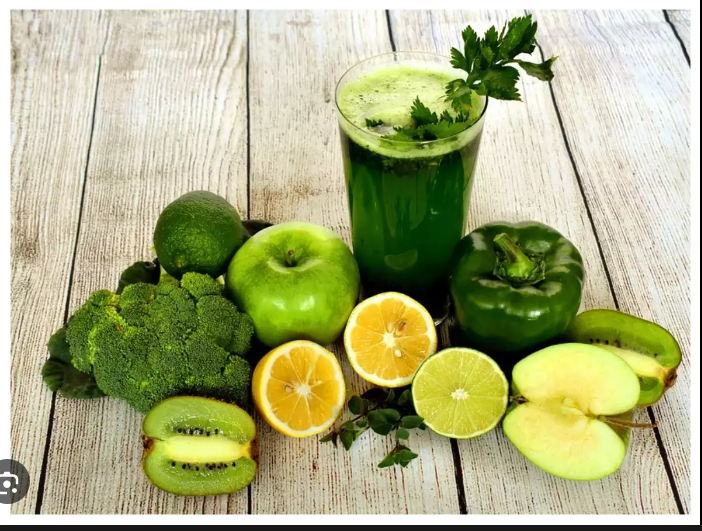
Drinking Alcohol and Diabetes
Though alcohol is OK for people with diabetes to drink, it must be consumed in moderation because it contains a lot of calories. “Alcohol can have a mild effect on lowering glucose, but that’s often more than offset by the carbs in the drink,” Wyne says.
“Contrary to popular belief, alcohol itself does not turn to sugar, but it will have a delayed effect on the stability of your blood sugar levels,” Seidman adds. Because of this effect, “drinking alcoholic beverages may increase the risk of having low blood sugar later on for some people, especially if they take insulin or other glucose-lowering medications.” Therefore, he says, “It’s important to discuss the risk of alcohol and low blood sugar with your health care provider.”
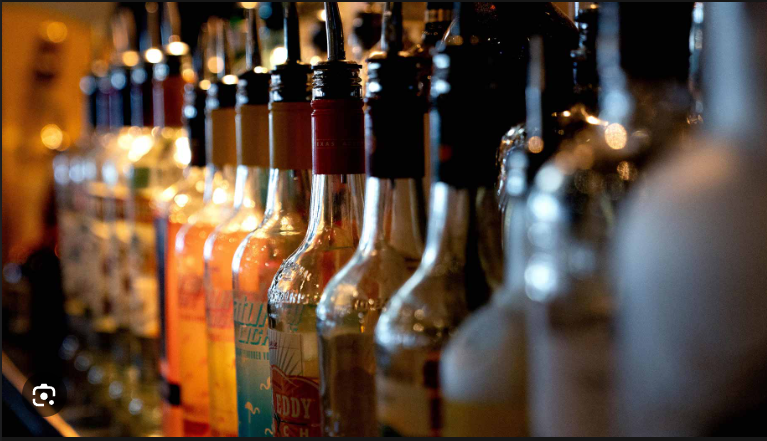
Wyne notes that you “should never take a dose of insulin for the calculated carbs in the drink because of this offset of the alcohol on the liver that can lower the glucose level.” Also, if you’re planning to drink hard alcohol, such as shots of tequila or martinis, “then I recommend eating before going out,” she says, as the food in the stomach will help absorb some of the alcohol and slow the release of sugars into the blood stream.
Weisenberger adds these cautions for those with diabetes: “People will often mix alcohol with very high-caloric and high-carbohydrate juices and sodas. Also, whenever we drink, we loosen up some and lose some of our inhibitions, so we’re most likely to overeat.”
More concerning, Weisenberger notes, “is when high alcohol intake—or even just average alcohol intake for some people with diabetes—can cause low blood sugar,” especially a few hours after you’ve had a lot to drink in the evening, depending on your meds. “It is possible to experience low blood sugar in the middle of the night without realizing it.”
Consult your doctor about suggested dietary adjustments if you were just diagnosed with diabetes. In order to ensure that you’re getting enough nutrition and eating appropriately for your circumstances, Seidman also suggests consulting with a qualified dietician.
Also read–Superfoods To Alleviate Arthritis Pain: A Comprehensive Guide
Images source-Google
Disclaimer: The opinions and suggestions expressed in this article are solely those of the individual analysts. These are not the opinions of HNN. For more, please consult with your doctor.







